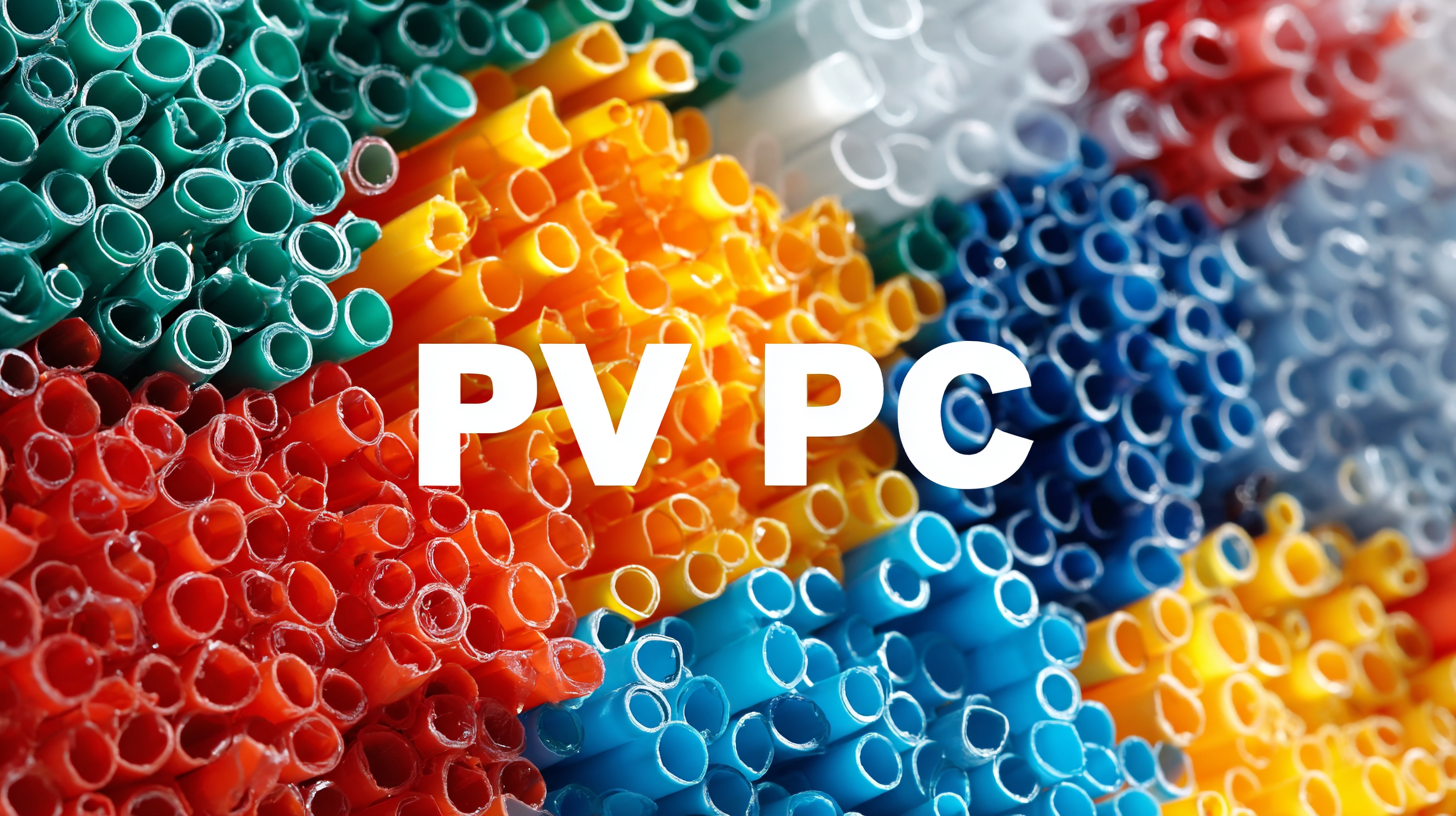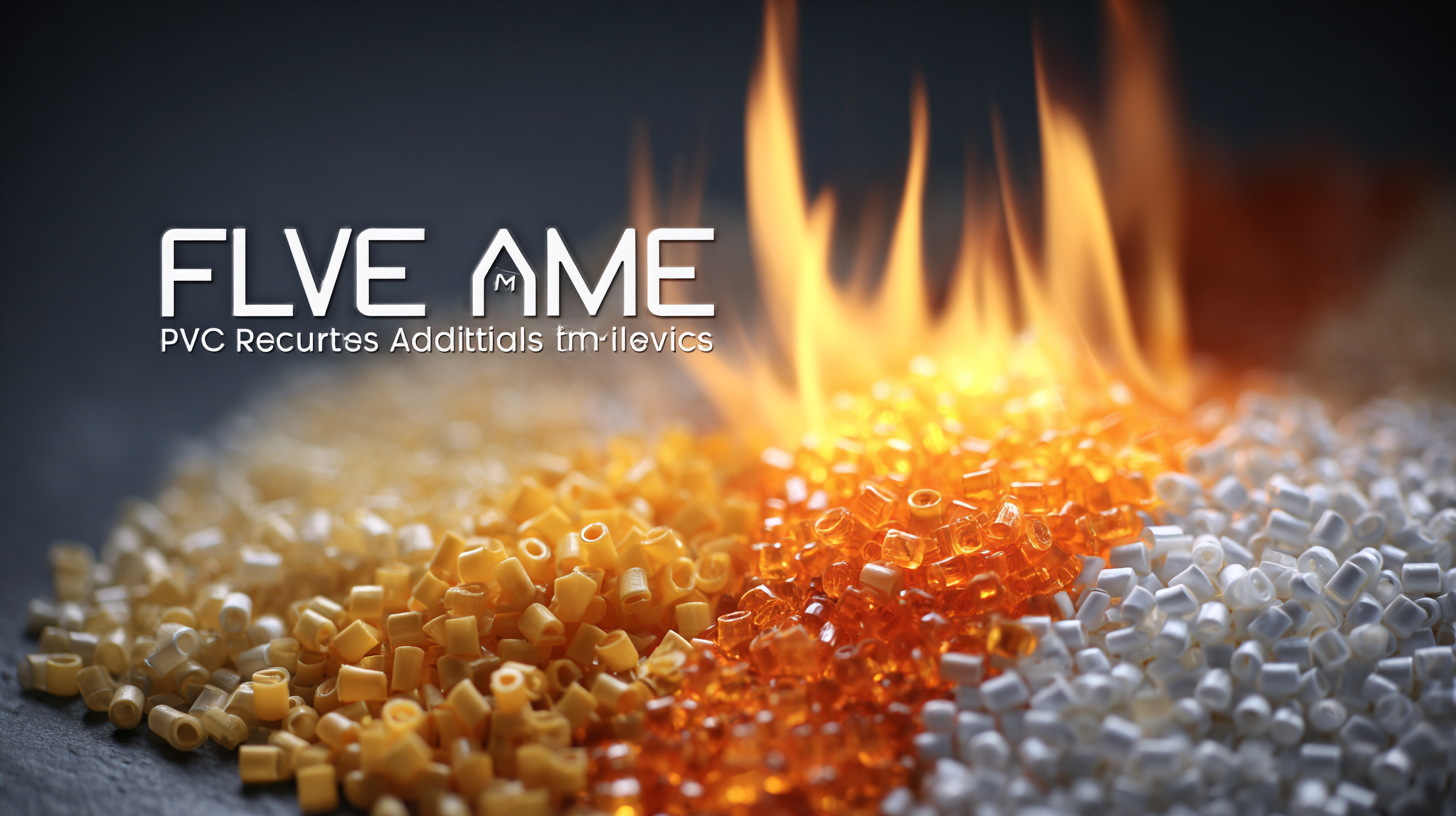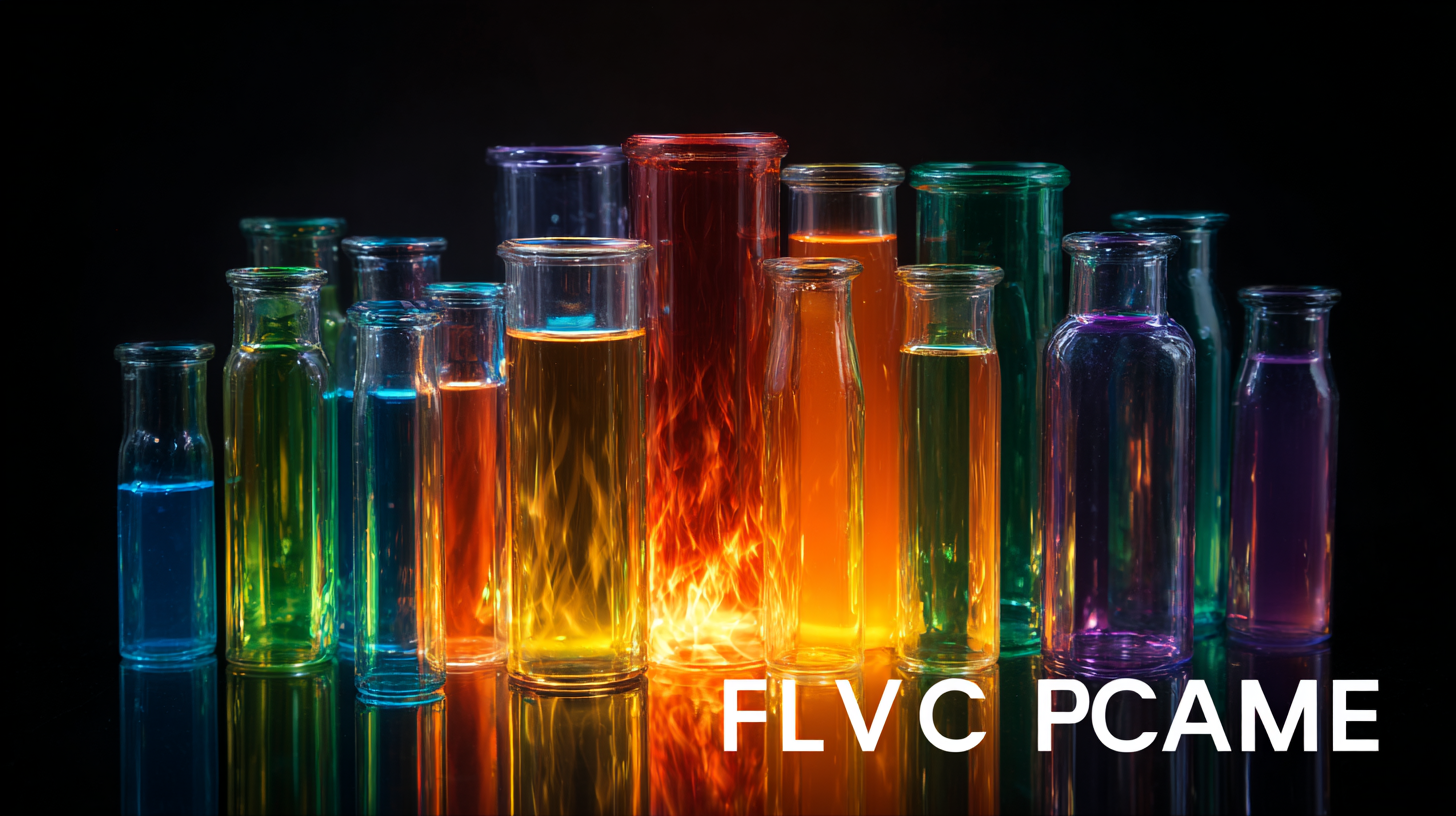
Challenges Faced by Manufacturers When Selecting the Best Flame Retardant Additives for PVC
The increasing demand for polyvinyl chloride (PVC) in various applications, from construction to consumer goods, has heightened the scrutiny on flame retardant additives for PVC. According to a report by Freedonia Group, the global market for flame retardants is projected to reach $6.88 billion by 2024, with a significant portion attributed to rising safety standards and regulations.

However, manufacturers face several challenges when selecting the best flame retardant additives for PVC, including compliance with stringent regulations like the EU's REACH and the need to balance performance with environmental impact. Research from MarketsandMarkets indicates that the growing awareness of sustainability is pushing manufacturers to find innovative solutions that do not compromise fire safety.
As the industry evolves, understanding the diverse properties and functionalities of flame retardant additives for PVC has become crucial for manufacturers committed to producing safe and effective products.
Challenges in Identifying the Right Flame Retardant Additives for PVC
Selecting the right flame retardant additives for PVC can be a daunting task for manufacturers, as it involves a careful balance between safety, regulatory compliance, and performance. One of the primary challenges lies in understanding the specific fire safety requirements for different applications of PVC. With various standards and regulations varying by industry and region, manufacturers must thoroughly research to identify which flame retardants meet the required fire performance criteria while ensuring compliance with environmental regulations.
Moreover, the chemical compatibility of additives with PVC is a significant hurdle. Different flame retardants can interact differently with the polymer matrix, affecting not just the flame resistance but also the mechanical properties and overall durability of the final product. Manufacturers often find themselves navigating a complex array of options, weighing the pros and cons of each type of flame retardant—be it halogenated, phosphorus-based, or mineral-based.
This complexity is compounded by the need for thorough testing to ascertain that the chosen additives do not adversely impact processing or end-use characteristics of the PVC material, which is crucial for maintaining product integrity and performance in real-world applications.
Impact of Regulatory Changes on Flame Retardant Selection in Manufacturing
Manufacturers of polyvinyl chloride (PVC) face significant challenges in selecting flame retardant additives, particularly in light of recent regulatory changes. The Global Industry Analysts reports that the flame retardant market is expected to reach $5.14 billion by 2027, driven in part by stricter safety regulations. As the regulatory landscape evolves, manufacturers must navigate these complexities while ensuring compliance without compromising on performance. The European Union's REACH legislation and the U.S. EPA's Safer Choice Program exemplify how compliance requirements can influence the types of flame retardants that are acceptable in PVC manufacturing.

Furthermore, the impact of these regulatory changes can often lead to a paradox for manufacturers. While they aim to enhance the flame resistance of their products, stricter regulations can limit the availability of certain traditional flame retardants due to environmental or health concerns. For example, the restriction on halogenated flame retardants, as seen in the RoHS directive, is pushing manufacturers to explore alternative solutions. As a result, market data from the American Chemistry Council shows that the demand for non-halogenated flame retardants has surged, growing by approximately 5% annually. This shift indicates a pivotal change in the manufacturing landscape as companies seek to balance regulatory compliance, cost, and product performance.
Trends in Flame Retardant Technology: Innovations Shaping the PVC Market
As the PVC market in the Asia-Pacific region is projected to experience significant growth, driven by increasing demand from sectors like construction, innovations in flame retardant technology are becoming crucial. Manufacturers are continually on the lookout for advanced flame retardant additives that not only meet stringent safety regulations but also enhance the overall performance of PVC products. These innovations play a vital role in shaping the market landscape, offering solutions that cater to eco-friendliness and sustainability.
Emerging flame retardant technologies include the development of halogen-free alternatives, which are gaining traction due to their reduced environmental impact. Additionally, advancements in polymer chemistry are leading to additives that provide superior fire resistance without compromising the mechanical properties of PVC. As manufacturers embrace these innovations, they face the challenge of balancing compliance, performance, and cost-efficiency in their selection process, ensuring that they can meet the evolving demands of the construction and building materials market. This trend highlights the importance of research and collaboration within the industry to drive forward the safety and quality of PVC systems.
Challenges Faced by Manufacturers When Selecting the Best Flame Retardant Additives for PVC
| Challenge | Impact on Manufacturing | Trends in Solutions | Future Considerations |
|---|---|---|---|
| Regulatory Compliance | May lead to higher costs and product delays | Adoption of eco-friendly additives | Anticipating changes in regulations |
| Performance Requirements | Can affect product safety and longevity | Development of specialized formulations | Innovations in additive technology |
| Cost Constraints | Limits the choice of materials | Focus on cost-effective solutions | Balancing cost and safety standards |
| Compatibility with PVC | Affects the processing and properties of the final product | Research into new compatible additives | Sustainability in material selection |
| Environmental Concerns | Can impact brand perception and marketability | Rise of bio-based and non-toxic alternatives | Monitoring changes in consumer preferences |
Evaluating Environmental and Health Concerns of Flame Retardants in PVC
When selecting flame retardant additives for PVC, manufacturers face significant challenges, particularly regarding environmental and health concerns. A study by the American Chemistry Council indicates that while flame retardants can enhance fire safety, certain chemicals have been linked to adverse health effects, including respiratory issues and endocrine disruption. For instance, halogenated flame retardants, commonly used in PVC, have raised red flags due to their persistence in the environment and potential bioaccumulation. According to the European Union's REACH (Registration, Evaluation, Authorisation and Restriction of Chemicals) regulation, several of these substances are under scrutiny, compelling manufacturers to reconsider their formulations.
Moreover, the growing demand for sustainable and eco-friendly products has prompted the industry to explore alternative flame retardants. Research published in the journal "Environmental Science & Technology" highlights the shift towards phosphorus-based flame retardants, which offer lower toxicity levels and reduced environmental impact. However, the efficacy of these alternatives in providing adequate fire resistance remains a critical concern. As manufacturers navigate these complexities, a careful balance between safety, regulation compliance, and environmental impact is essential in optimizing PVC formulations for both industry standards and consumer health.
Challenges Faced by Manufacturers in Selecting Flame Retardant Additives for PVC
Future Market Outlook: Projections for Flame Retardant Additive Demand by 2025
The demand for flame retardant additives in PVC applications is anticipated to grow significantly by 2025. Industries are increasingly prioritizing safety and regulatory compliance, which drives the need for innovative solutions. With emerging regulations and heightened consumer awareness about fire safety, manufacturers must adapt quickly to meet both market expectations and legal requirements. Projections indicate a surge in demand for environmentally friendly alternatives that do not compromise performance.
Tips for selecting the right flame retardant additives include conducting thorough research on the latest developments in material science. Staying informed about industry trends can provide insights into effective formulations that align with regulatory standards. Manufacturers should also consider the long-term stability and compatibility of the additives with PVC, as this can greatly influence product durability and safety.
Another important tip is to collaborate with suppliers who offer comprehensive testing services. This ensures that the chosen flame retardant additives undergo rigorous evaluations to determine their effectiveness in fire resistance. By leveraging expert knowledge and resources from suppliers, manufacturers can better navigate the complexities of selecting the best additives for their specific PVC applications.


